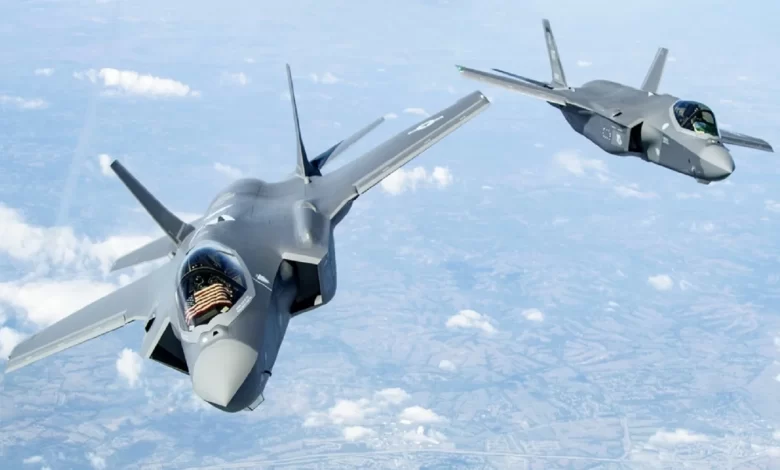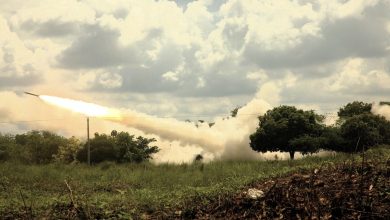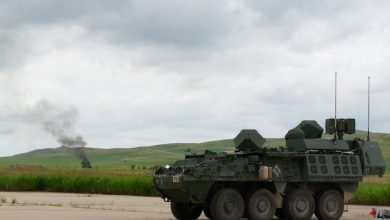Lockheed Martin cements the F-35 as the standard NATO fighter

Lockheed presents the F-35 as more than just the top stealth fighter, it is also a formidable political statement for coalition unity.
By 2030, there will be more than 400 F-35 stealth fighters across NATO member bases enhancing coaltions through joint training, equipment, and exercises according to Lockheed Martin.
This standard choice of aircraft, which will be present in fleets across NATO member bases and those of their allies, has become a symbol of “diplomacy in action” Lockheed has stated. The NATO coalition’s widespread use of the fighter marks it as a formidable means to secure the rule-based order in an increasingly contentious geopolitical environment.
Dotted across the world map, the presence of F-35s is a testament to the aircraft as a means of NATO policing and containing autocratic aggression from the likes of Russia, Iran, and China.
F-35 fleets are situated across Europe; surrounding the South China Sea in Australia, the Republic of Korea (ROK), with some expected to arrive in Singapore by 2026; while an Israeli fleet is left to deter ideological adversaries in the Middle East.
What is also incredible is that Lockheed’s production of F-35s has, so far, been remarkably steady. The original equipment manufacturer predicted that US and NATO allies could have 450 of them stationed in Europe by 2030 from as early as June 2021.
Then, the US Air Force General Tod Wolters, the former NATO supreme allied commander for Europe, commented that this figure provides NATO with “a tremendous capability”. He added, “if I were a potential foe against NATO or Europe, I wouldn’t like to hear that”.
Perhaps this productive timeline and comment gives us some signal of the importance of the F-35 Joint Strike programme today as a deterrence method in itself.
Current orders
Orders and deliveries are increasing, some recent procurements of the aircraft have come from Australia, the UK, and the ROK to name a few.
As a programme partner, more than 70 Australian industries are an integral source within the F-35 supply chain as their development, production, and sustainment is valued at over $2bn. Every F-35 built contains some Australian parts and components.
The Royal Australian Air Force operates the F-35A conventional take-off and landing variant (CTOL). Australia’s programme of record is for 100 F-35A aircraft, 72 aircraft are expected this year to form three squadrons.
The UK has similarly contributed to the production of various components of the aircraft. The country’s programme of record is at 138 aircraft. Moreover, according to Air Chief Marshal Sir Mike Wigston, Chief of the Air Staff, the UK will have a second squadron of F-35Bs.
Similarly, the ROK is currently in the process of taking deliveries for 40 F-35A CTOL aircraft.
France as the outlier
GlobalData expects procurement of F-35As to have a compound annual growth rate of 3.39%, and the F-35B CAGR of 3.65% between 2023-33.
However, Lockheed’s hopes to completely standardise the F-35 are impeded by France as the country stubbornly commits to Rafale for their combat aircraft.
“In France… the decision has been met with frustration” says Paul Maurice, a researcher at the French Institute of International Relations in Paris. “The F-35 is understood here as a symbol of US power within NATO. After all the speeches about European autonomy and sovereignty, one had expected Germany to be more aligned with a European arms policy”, referring to German fleet of 35 F-35As, according to GlobalData.
Meanwhile, France pins its hopes on the Future Combat Air System, a joint development of a next generation fighter jet to replace the French Rafale and German Eurofighter by 2040.





